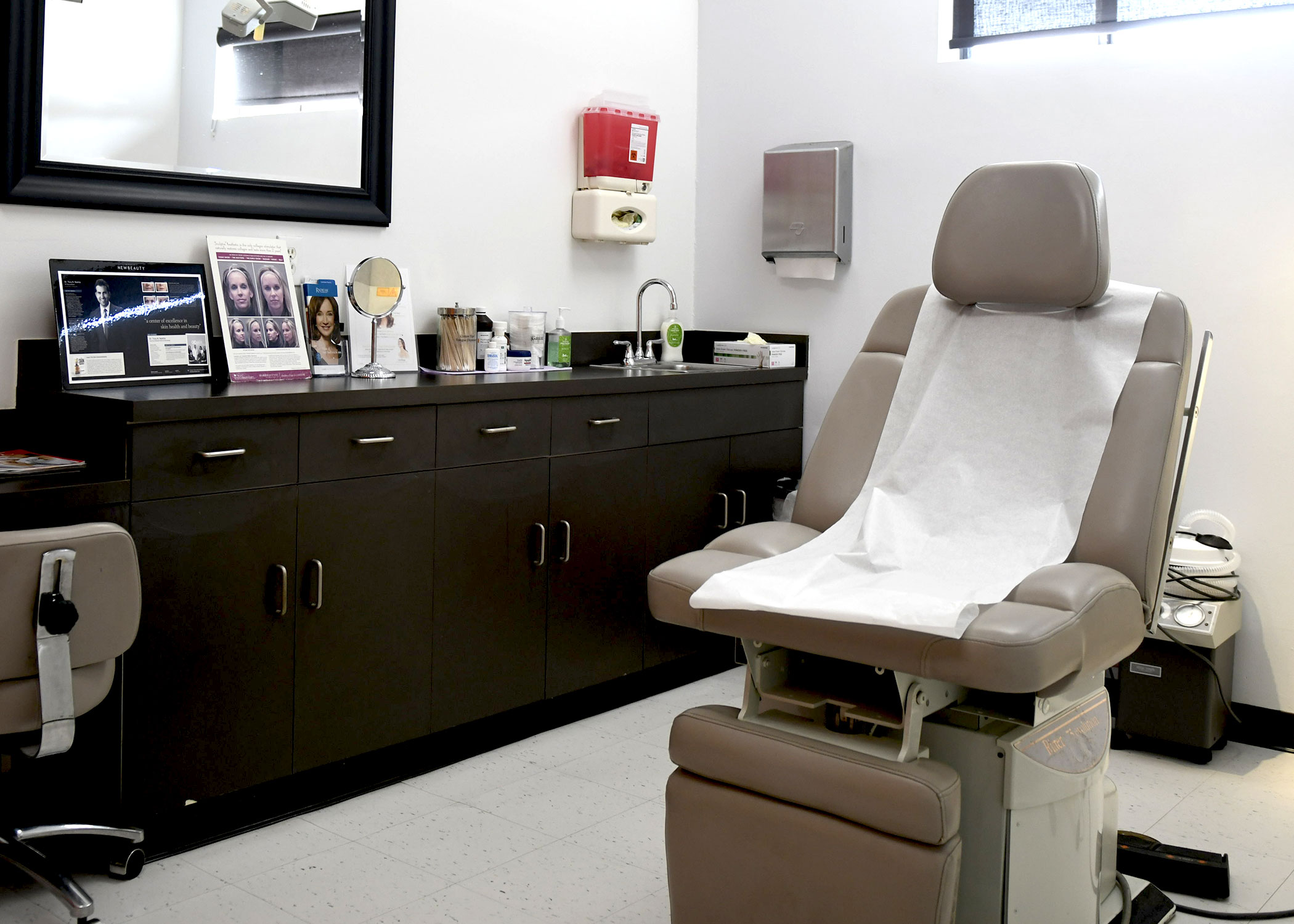Skin cancer can be a problem at any age and in any climate. Squamous cell carcinoma is one of the most common types of skin cancer, affecting an estimated 700,000 people each year in the United States. Although it is not the most serious kind of skin cancer, it results in the death of 2,500 each year.
What Is Squamous Cell Carcinoma?
Squamous cell carcinoma occurs in the upper layers of the skin, called the squamous cells. Typically, the growths look like thickened, rough or scaly patches on the skin, which may bleed if bumped or torn but never completely heals.
What causes squamous cell carcinoma?
Squamous cell carcinoma is caused by exposure to the harsh ultraviolet rays of sunlight. It can also be caused by tanning beds. Any chronic inflammation or injury to the skin can cause abnormal squamous cell growth. HIV-AIDs and other immune system problems can also cause this kind of cancer. Experts believe an inherited component may also play a part in its development.
Who Is At Risk of developing this type of skin cancer?
A number of factors indicate an increased risk for squamous cell carcinoma:
- Being fair-haired and light skinned, with blue, green or gray eyes
- Anyone who spends long periods in the sun
- If you have had basal skin cancer in the past
- If you’re over 50
- If you’re African-American
- If you have inherited ultraviolet light sensitivity
What You and Your Dermatologist Should Look For
If you notice any changes in the color or texture of skin or moles, you should have your skin checked by a medical dermatologist. Suspicious lumps, scales, depressions or wounds that do not heal should be checked as soon as possible.
Early cases of squamous cell carcinoma usually can be cured and produce minimal damage. However, if left untreated, the abnormal cells can grow deep into skin tissues and cause disfigurement. If you have any questions about a growth on your skin, see your skin cancer dermatologist immediately to prevent further problems.
Treatments for Squamous Cell Carcinoma
Several different techniques are used to remove squamous cell carcinoma:
- Mohs Micrographic Surgery – The growth and a small amount of surrounding tissue is removed with a ring-shaped scalpel.
- Excisional Surgery – This technique uses a scalpel to remove the growth with surrounding tissue. Sutures then close the wound, and the tissue is examined to ensure no further growth.
- Curettage and Electrodessication – This procedure uses a sharp curette and an electric cautery instrument which burns surrounding tissue to destroy additional growths on the skin.
- Cryosurgery - This procedure uses liquid nitrogen to burn off abnormal cells.
- Photodynamic Surgery – A strong chemical is used to combat the cells and is activated by strong light.
- Laser Surgery - A high-powered laser light beam is used to remove cancerous skin tissue.
- Topical Medications - Such as 5-fluorouracil and imiquimod.
Preventing skin cancers such as squamous cell carcinoma
To prevent squamous cell carcinoma, stay out of the sun or use sunblock liberally. Avoid sunburn, particularly in infants and small children. See a dermatologist annually to check your skin for problems.
Contact our specialists in any one of our various Orange County dermatology offices to learn more about our treatment for squamous cell carcinoma.

